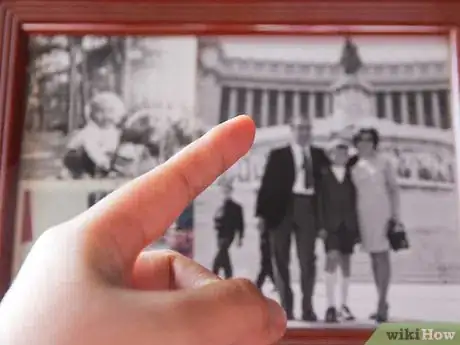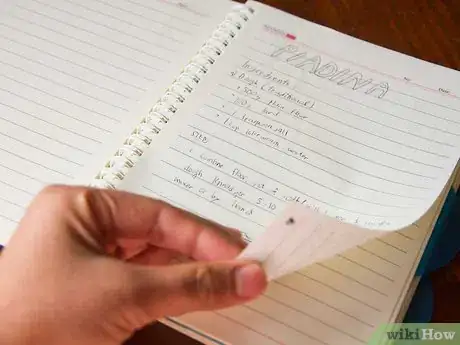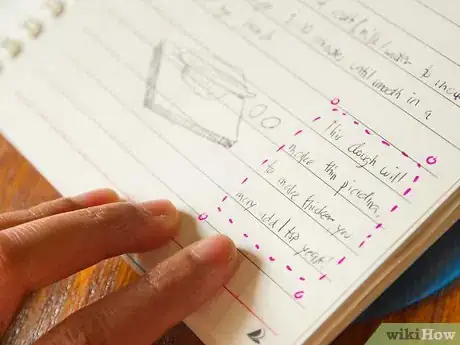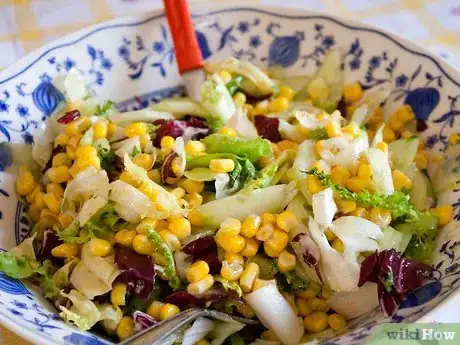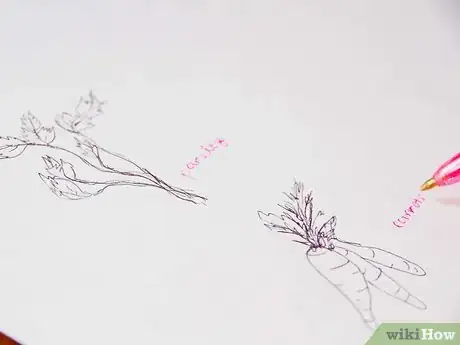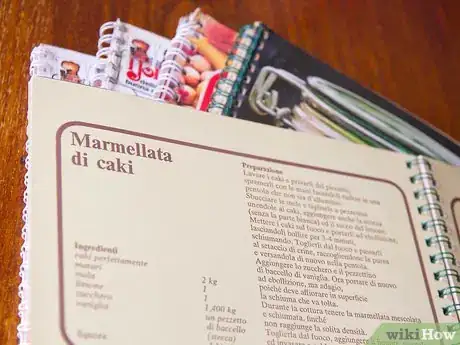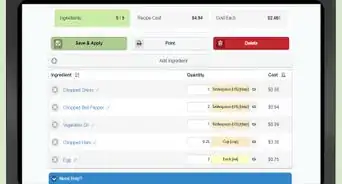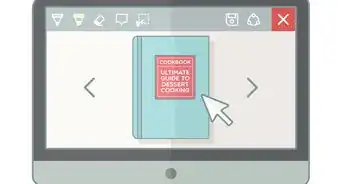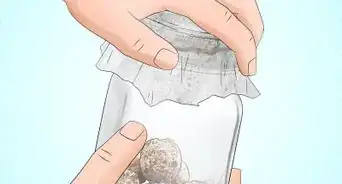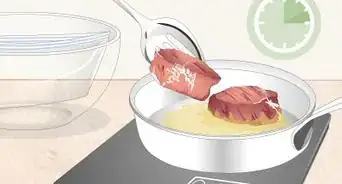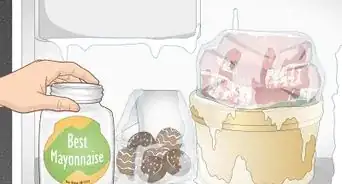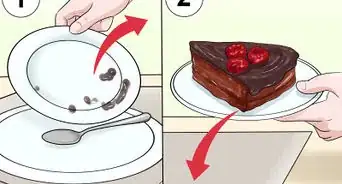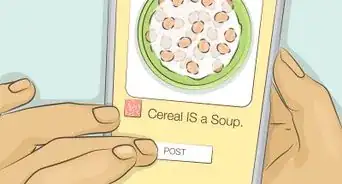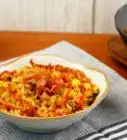wikiHow is a “wiki,” similar to Wikipedia, which means that many of our articles are co-written by multiple authors. To create this article, volunteer authors worked to edit and improve it over time.
This article has been viewed 48,012 times.
Learn more...
Every family has great recipes that they treat as special and that are associated with particular members of the family, whether it's because they cooked it, made it up, or enjoyed it with relish. A memory cookbook is a way of remembering certain members of the family through putting in their favorite recipes, tips, and anecdotes, along with photos, quotes, and other personalized elements that remind you of that person long after they've gone. A memory cookbook is a special heirloom that can be passed down the generations.
Steps
-
1Decide on who the memory cookbook will focus. Is it to be one person or do you want to focus on a couple, or even a group of people? For example, you might want to remember grandma's cooking, or grandma and grandpa's cooking and dinner parties, or perhaps all of your grandma and grandpa's brothers and sisters cooking experiences as well!
-
2Set about gathering together the memorabilia. Go through the person's cookbooks, handmade recipe folders, and any other relevant item. Look for handwritten notes especially, as these will tell you a lot about how the person cooking felt about the recipes; often there will be little annotations describing how the recipe should be changed slightly, whether it was good or bad, and even when it was used for a special occasion.
- Also check visitor's books, if any. Once very popular, and still popular with some people, these recorded guests attending dinner parties and even recorded the meal sometimes. You can get a lot of ideas about the person's dining flair from these sorts of resources.
Advertisement -
3Find photographs, anecdotes, quotes, and other relevant snippets to place into the memory cookbook. Can you remember specific kitchen and entertaining wisdom from the person in question? If so, be sure to quote it so that it doesn't get lost over the generations!
- You should also consider writing down your own impressions of this person's cooking, dining, and entertaining style. This can serve as a preface or introduction to the cookbook and will truly personalize it and bring the person back to life for readers. You might also like to get personal stories from other people who knew the person in question; if you get a lot, create a whole chapter.
-
4Consider asking other members of your family or circle of friends for recipes and ideas. They might know of particular recipes, tips, and stories that you're unaware of. Also consider adding recipes in from other people as a way of honoring the person the cookbook is dedicated to. Be sure to put their name and relationship to the person along with the recipe.
-
5Decide on the need for illustrations. As well as the photos and other bits and pieces you've gathered, you might want to add illustrations to draw the entire book together. If you're good with artwork yourself, you might do it. If not, there are plenty of copyright free printed illustrations you can use; just do a search online.
- When selecting images, be careful of the license. Some images are copyright free no matter what purpose of the book, while others are only copyright free while you make no profits from them. If you're planning on recouping costs, that's usually fine but if you're going to sell the book for a profit, be super careful.
- Some images may be as simple as photographing the originally handwritten recipe of the person in question (see introduction image), so that people can see really personal elements to the recipes alongside the neat print and layout of the whole cookbook.
-
6Choose your method of preparing and printing the cookbook. There are many programs available for producing a cookbook online or on your personal computer. Shop around to see what suits your needs best. If you're only producing one memory cookbook for yourself, it'll be fairly straightforward and you can probably do it all in-house. However, if you plan on distributing the memory cookbook throughout family and friends, you'll need to hunt around for the best prices for bulk cookbook creation.
- In terms of printing, it is a good idea to ask around at several local printers for their prices and to check online book printing costs. Ask lots of questions about things such as their ability to print in color, matte or gloss, amount of cookbooks expected to be printed, etc.
-
7Distribute the memory cookbook. If it's just a one copy for you, this step won't apply. If you have created a number of memory cookbooks for family and friends though, you'll need to get the cookbooks to everyone. There are several possibilities:
- Post or courier the memory cookbooks (ask for the best price).
- Hold a family reunion and distribute the cookbooks as part of remembering the person in question and having speeches etc., in this person's honor. This is a lot of effort but can be a fantastic opportunity to bring everyone together.
- Keep copies in your house and remember to give them to people whenever they call.
- Send extra copies to some family members and ask them to help distribute them.
Things You'll Need
- Recipe book program for the computer
- Printer (at least to see proofs, optional in terms of the final book)
- Printer's quotes
- Photos, tips, anecdotes, recipes, etc.
- Scanner (this will help you with photos, and any handwriting etc., that you want to weave into the layout of the book)
